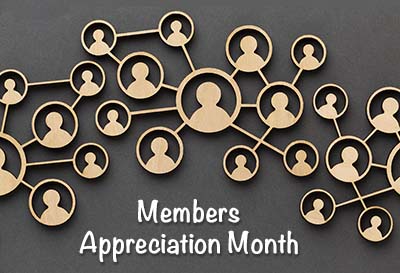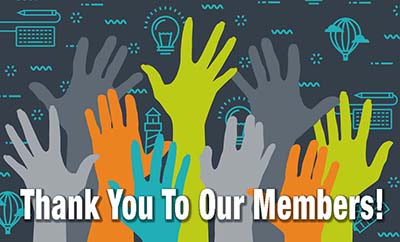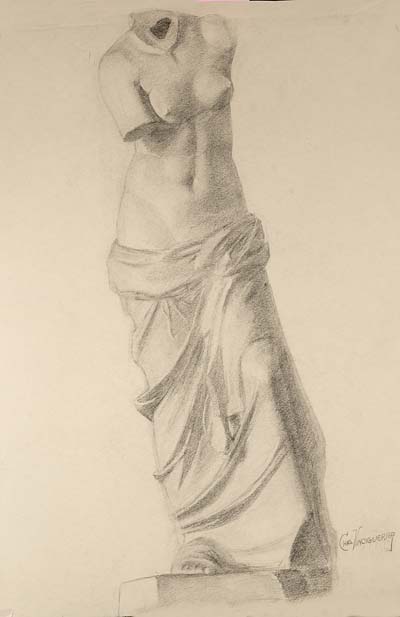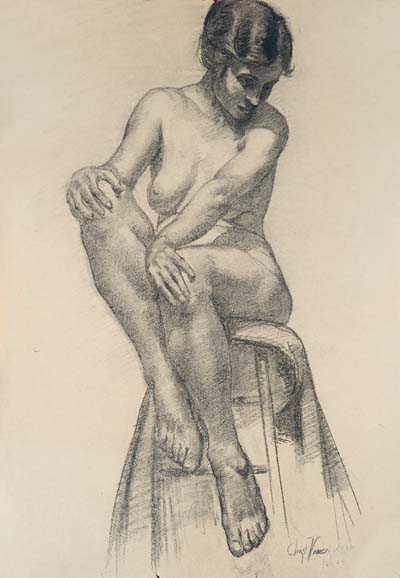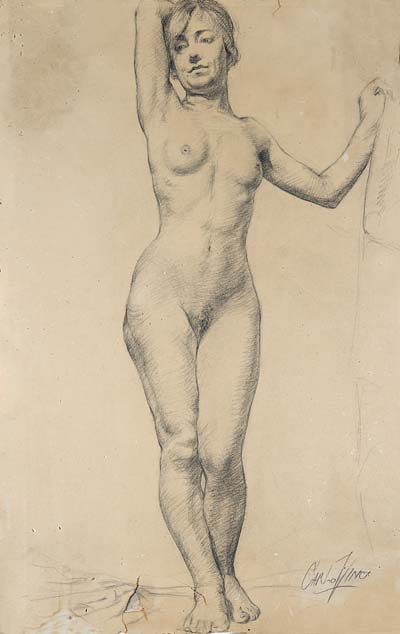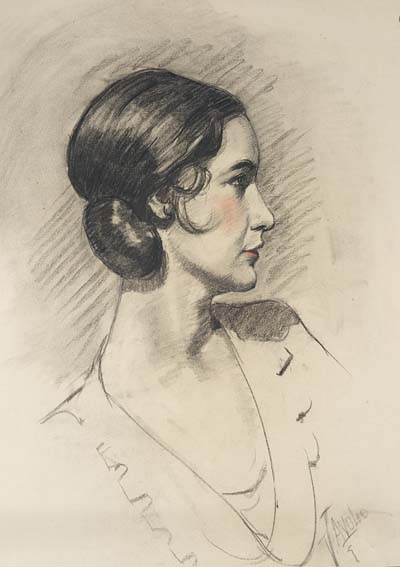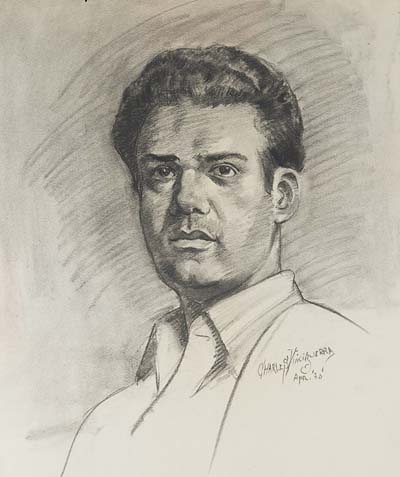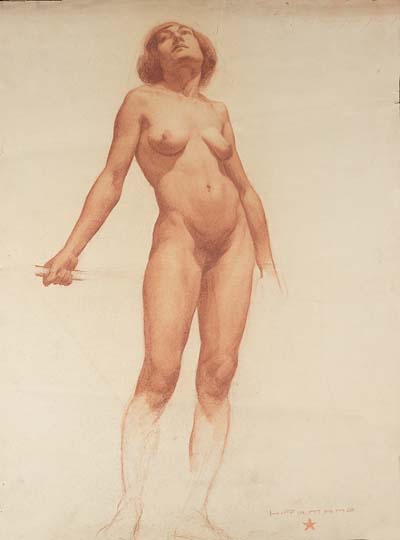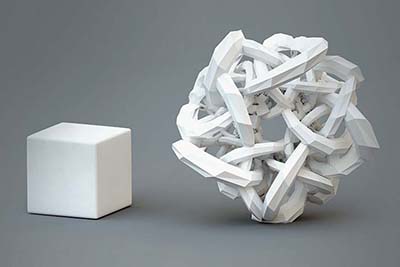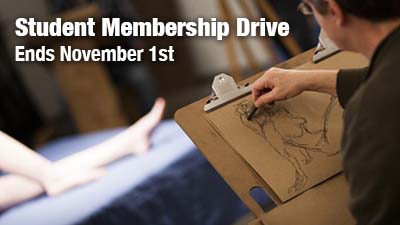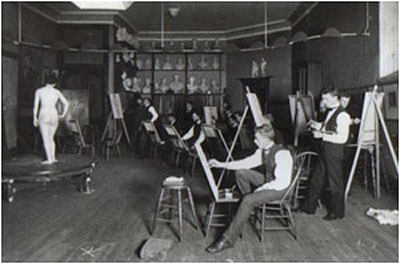
Building The Future Of Animation
Would you like to help build the foundation for the future of animation by supporting animation students and educators? Animation Resources would like to do that too!
If you are a member of Animation Resources, you know about the valuable educational information we provide. We want to make all of this available to students and educators who might not be able to afford a membership otherwise. So we are providing a way for you to sponsor a student or hard working instructor. For a donation of $50, we will award a free one year Student Membership in Animation Resources to a promising student, and for a $100 donation, we will provide a free one year membership in Animation Resources to both worthwhile animation student and their instructor. That is significantly less than our normal student rate. But Animation Resources is willing pitch in as well to give you a chance to share it forward with the next generation of animators.
Here is a great way for you to get the treasures of the Animation Resources archive into the hands of the people who need it the most. Thank you for your support! CLICK ON THE DONATE BUTTON BELOW…
After you donate, drop us an email at sworth@animationresources.org and let us know if you would like us to acknowledge your donation publicly. If we receive a donation without an email, we will assume you prefer to remain as an anonymous donor.
Animation Resources wants to thank Los Angeles Breakfast Club for their generous support of the Sponsor A Student program. Many students have been awarded free memberships because of their help.
For the past decade, Animation Resources has been serving artists working in the fields of animation, cartooning and illustration. Our volunteers and members have pulled together to raise the bar for our art form, and it’s time to celebrate… It’s Members Appreciation time again!
During the month of February, Animation Resources expresses our appreciation for to members with a very special Reference Pack, and we invite you to become a member too. For the next 30 days, we will be sharing reasons why you should join us. Our benefits of membership far exceed the cost of our annual dues.
This year, we are trying something new to encourage new memberships. You can join for a one week trial membership for only A DOLLAR! Yes, you get access to everything our annual members get for seven days for only a buck. (Click here for the details on our Dollar Days.) What are you waiting for?
You can find out what our members get at the Member Appreciation Page. It’s easy to join. Just click on this link and you can sign up right now online…
JOIN TODAY!
https://animationresources.org/membership/levels/
![]()
![]() Animation Resources depends on your contributions to support its projects. Even if you can’t afford to join our group right now, please click the button below to donate whatever you can afford using PayPal.
Animation Resources depends on your contributions to support its projects. Even if you can’t afford to join our group right now, please click the button below to donate whatever you can afford using PayPal.















